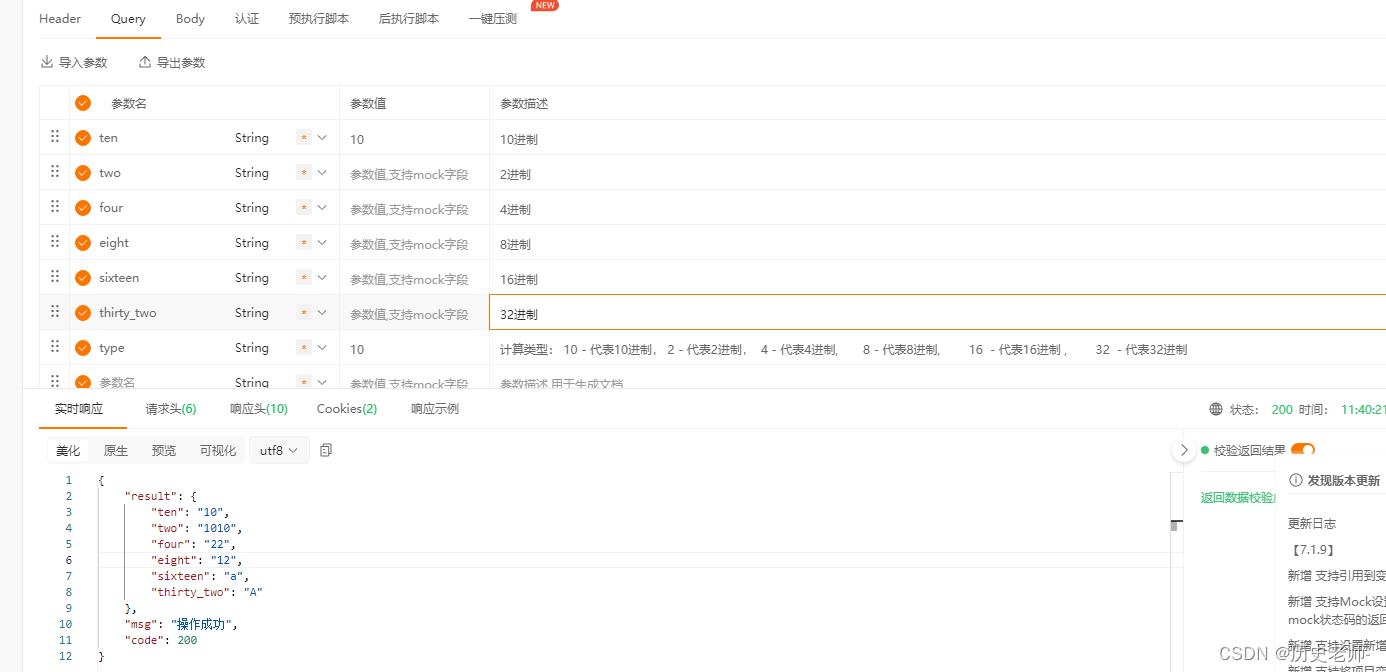我的代码的哪些部分运行时间最长、内存最多?我怎样才能找到需要改进的地方?
在开发过程中,我很确定我们大多数人都会想知道这一点,在本文中总结了一些方法来监控 Python 代码的时间和内存使用情况。

本文将介绍4种方法,前3种方法提供时间信息,第4个方法可以获得内存使用情况。
- time 模块
- %%time 魔法命令
- line_profiler
- memory_profiler
time 模块
这是计算代码运行所需时间的最简单、最直接(但需要手动开发)的方法。他的逻辑也很简单:记录代码运行之前和之后的时间,计算时间之间的差异。这可以实现如下:
import time
start_time = time.time()
result = 5+2
end_time = time.time()
print('Time taken = {} sec'.format(end_time - start_time))下面的例子显示了for循环和列表推导式在时间上的差异:
import time
# for loop vs. list comp
list_comp_start_time = time.time()
result = [i for i in range(0,1000000)]
list_comp_end_time = time.time()
print('Time taken for list comp = {} sec'.format(list_comp_end_time - list_comp_start_time))
result=[]
for_loop_start_time = time.time()
for i in range(0,1000000):
result.append(i)
for_loop_end_time = time.time()
print('Time taken for for-loop = {} sec'.format(for_loop_end_time - for_loop_start_time))
list_comp_time = list_comp_end_time - list_comp_start_time
for_loop_time = for_loop_end_time - for_loop_start_time
print('Difference = {} %'.format((for_loop_time - list_comp_time)/list_comp_time * 100))我们都知道for会慢一些。
Time taken for list comp = 0.05843973159790039 sec Time taken for for-loop = 0.06774497032165527 sec Difference = 15.922795107582594 %
%%time 魔法命令
魔法命令是IPython内核中内置的方便命令,可以方便地执行特定的任务。一般情况下都实在jupyter notebook种使用。
在单元格的开头添加%%time ,单元格执行完成后,会输出单元格执行所花费的时间。
%%time def convert_cms(cm, unit='m'): ''' Function to convert cm to m or feet ''' if unit == 'm': return cm/100 return cm/30.48 convert_cms(1000)
结果如下:
CPU times: user 24 µs, sys: 1 µs, total: 25 µs Wall time: 28.1 µs Out[8]: 10.0
这里的CPU times是CPU处理代码所花费的实际时间,Wall time是事件经过的真实时间,在方法入口和方法出口之间的时间。
line_profiler
前两个方法只提供执行该方法所需的总时间。通过时间分析器我们可以获得函数中每一个代码的运行时间。
这里我们需要使用line_profiler包。使用pip install line_profiler。
import line_profiler def convert_cms(cm, unit='m'): ''' Function to convert cm to m or feet ''' if unit == 'm': return cm/100 return cm/30.48 # Load the profiler %load_ext line_profiler # Use the profiler's magic to call the method %lprun -f convert_cms convert_cms(1000, 'f')
输出结果如下:
Timer unit: 1e-06 s Total time: 4e-06 s File: /var/folders/y_/ff7_m0c146ddrr_mctd4vpkh0000gn/T/ipykernel_22452/382784489.py Function: convert_cms at line 1 Line # Hits Time Per Hit % Time Line Contents ============================================================== 1 def convert_cms(cm, unit='m'): 2 ''' 3 Function to convert cm to m or feet 4 ''' 5 1 2.0 2.0 50.0 if unit == 'm': 6 return cm/100 7 1 2.0 2.0 50.0 return cm/30.48
可以看到line_profiler提供了每行代码所花费时间的详细信息。
- Line Contents :运行的代码
- Hits:行被执行的次数
- Time:所花费的总时间(即命中次数x每次命中次数)
- Per Hit:一次执行花费的时间,也就是说 Time = Hits X Per Hit
- % Time:占总时间的比例
可以看到,每一行代码都详细的分析了时间,这对于我们分析时间相当的有帮助。
memory_profiler
与line_profiler类似,memory_profiler提供代码的逐行内存使用情况。
要安装它需要使用pip install memory_profiler。我们这里监视convert_cms_f函数的内存使用情况。
from conversions import convert_cms_f import memory_profiler %load_ext memory_profiler %mprun -f convert_cms_f convert_cms_f(1000, 'f')
convert_cms_f函数在单独的文件中定义,然后导入。结果如下:
Line # Mem usage Increment Occurrences Line Contents ============================================================= 1 63.7 MiB 63.7 MiB 1 def convert_cms_f(cm, unit='m'): 2 ''' 3 Function to convert cm to m or feet 4 ''' 5 63.7 MiB 0.0 MiB 1 if unit == 'm': 6 return cm/100 7 63.7 MiB 0.0 MiB 1 return cm/30.48
memory_profiler 提供对每行代码内存使用情况的详细了解。
这里的1 MiB (MebiByte) 几乎等于 1MB。1 MiB = 1.048576 1MB
但是memory_profiler 也有一些缺点:它通过查询操作系统内存,所以结果可能与 python 解释器略有不同,如果在会话中多次运行 %mprun,可能会注意到增量列报告所有代码行为 0.0 MiB。这是因为魔法命令的限制导致的。
虽然memory_profiler有一些问题,但是它就使我们能够清楚地了解内存使用情况,对于开发来说是一个非常好用的工具。
总结
虽然Python并不是一个以执行效率见长的语言,但是在某些特殊情况下这些命令对我们还是非常有帮助的。
以上就是监控 Python 内存使用情况和代码执行时间的详细内容,转载自php中文网






发表评论 取消回复